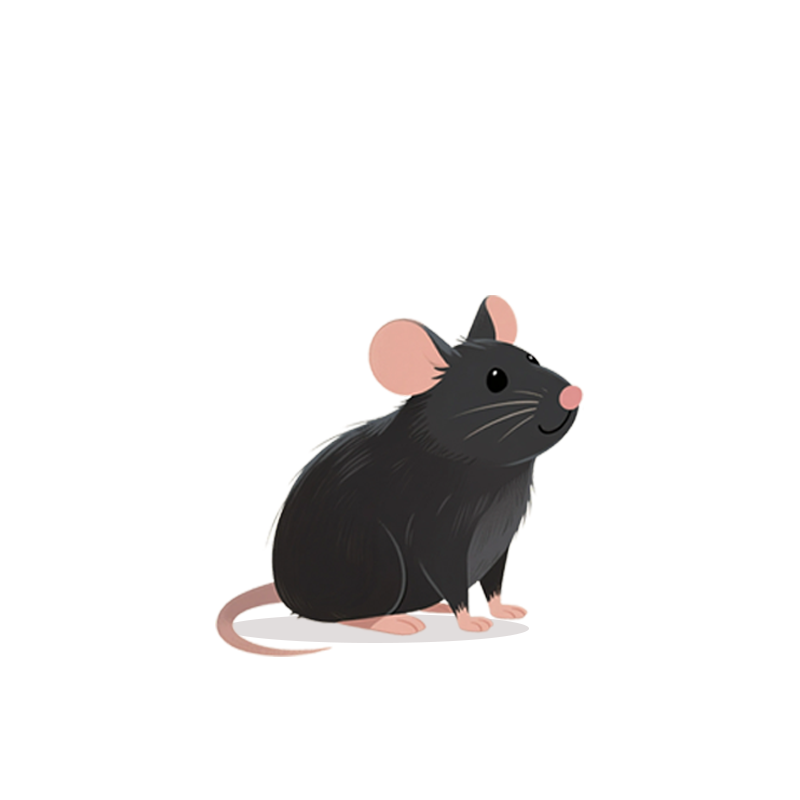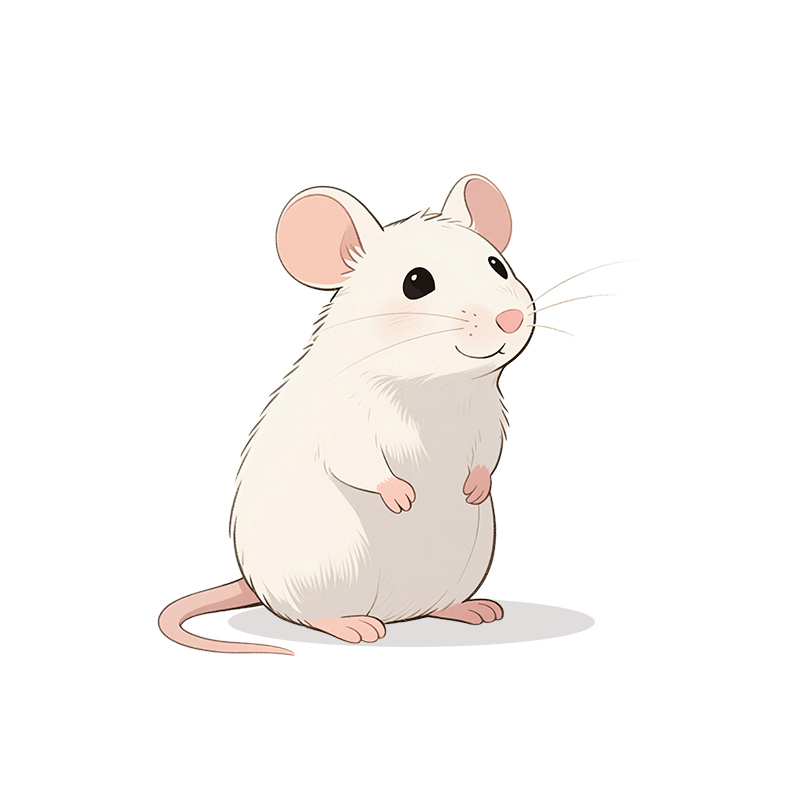ANIT-Induced Cholestasis and Jaundice Model


ANIT-Induced Cholestasis and Jaundice Model
Huateng Bio provides ANIT-induced cholestasis models in mice with validated bile duct injury and hyperbilirubinemia. Features 48h acute progression and UDCA responsiveness. Download histopathology and LC-MS/MS protocols.
Model Description
Alpha-naphthylisothiocyanate (ANIT), a hepatotoxic compound, induces intrahepatic cholestasis by targeting bile duct epithelial cells. Our model replicates human cholestatic liver injury through:
- Bile duct hyperplasia: Ductular reaction (CK19+ cell proliferation)
- Periductal inflammation: Neutrophil infiltration (MPO+ cells)
- Hepatocellular damage: Focal necrosis with elevated serum bilirubin (>2.5 mg/dL)
Clinical Relevance:
✓ Mirrors human cholestasis: Alkaline phosphatase (ALP) elevation >3x ULN
✓ Drug-responsive pathology: Validated with ursodeoxycholic acid (UDCA) intervention
Applications
• Anti-cholestatic drug evaluation (FXR agonists, ASBT inhibitors)
• Bile acid metabolism studies
• Hepatobiliary toxicity screening
• Cholangiocyte-targeted therapy development
Modeling Protocol —— ANIT Induction Workflow
1. Group Design:
- Control Group: Vehicle (corn oil)
- Model Group: ANIT 100 mg/kg (oral gavage)
- Treatment Group: ANIT + test compound
2. Procedure:
- Day 1: ANIT administration (fasted state)
- Day 3: Terminal blood collection (retro-orbital) & necropsy
3.Key Parameters:
- Fasting protocol: 12h pre-dose to enhance ANIT bioavailability
- Humane endpoints: Serum total bilirubin >5 mg/dL ∙ Weight loss >15%
Validation & Testing
|
Category |
Parameters |
|
Histopathology |
• H&E staining: Bile duct hyperplasia scoring (0-4 scale) ∙ Necrosis area quantification |
|
Biochemical Profiling |
ALT ∙ AST ∙ Total bilirubin ∙ ALP ∙ γ-GT |
|
Bile Acid Analysis |
Serum/liver TBA quantification (LC-MS/MS) |
|
Immunohistochemistry |
CK19 (bile ducts) ∙ MPO (neutrophils) ∙ CYP7A1 (bile acid synthesis) |


